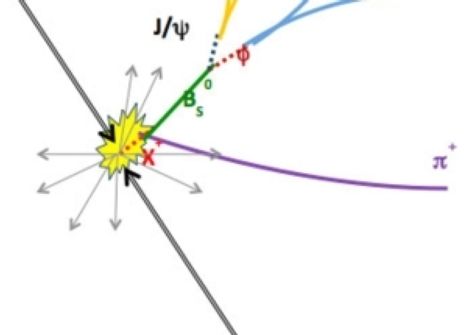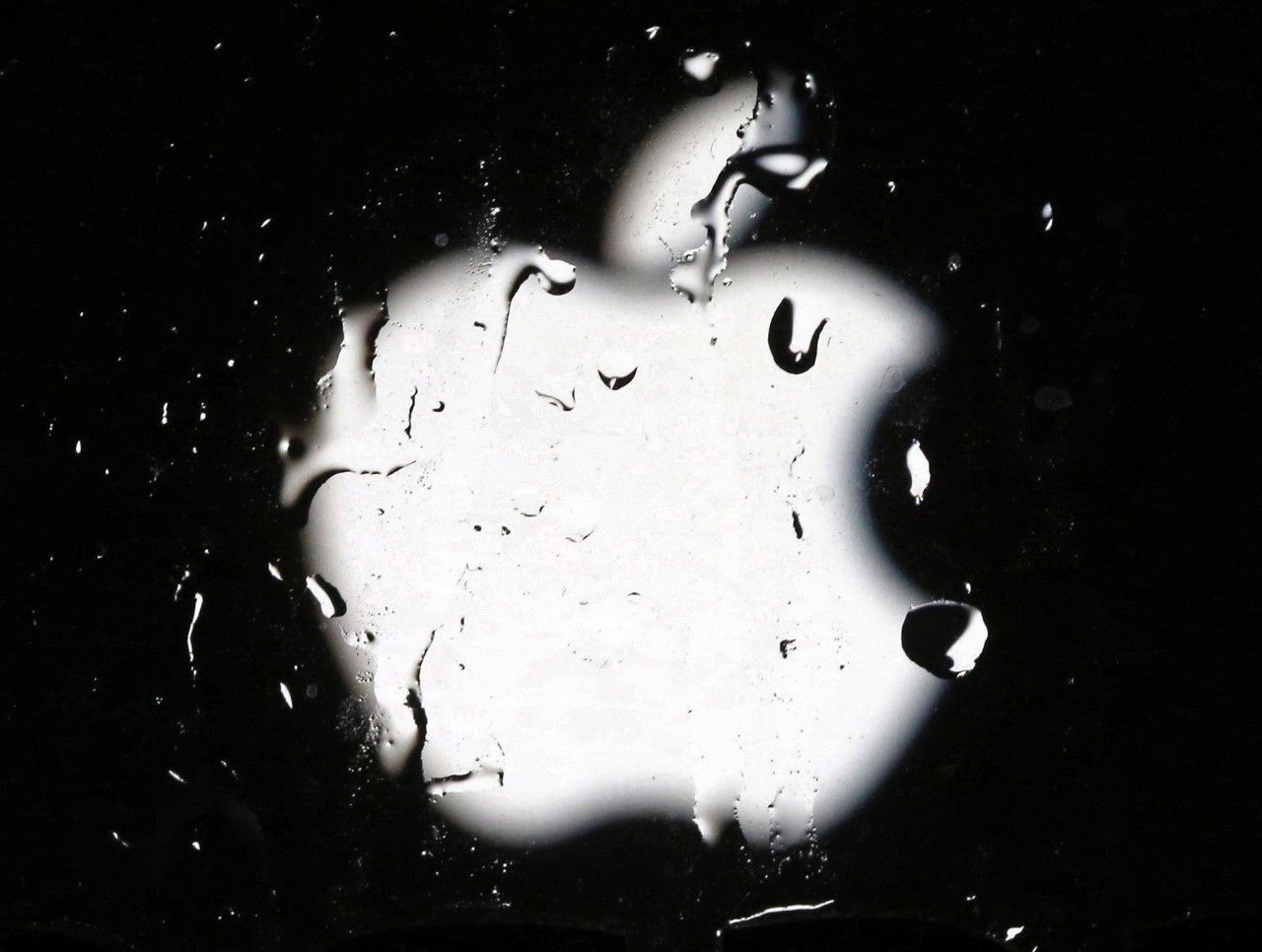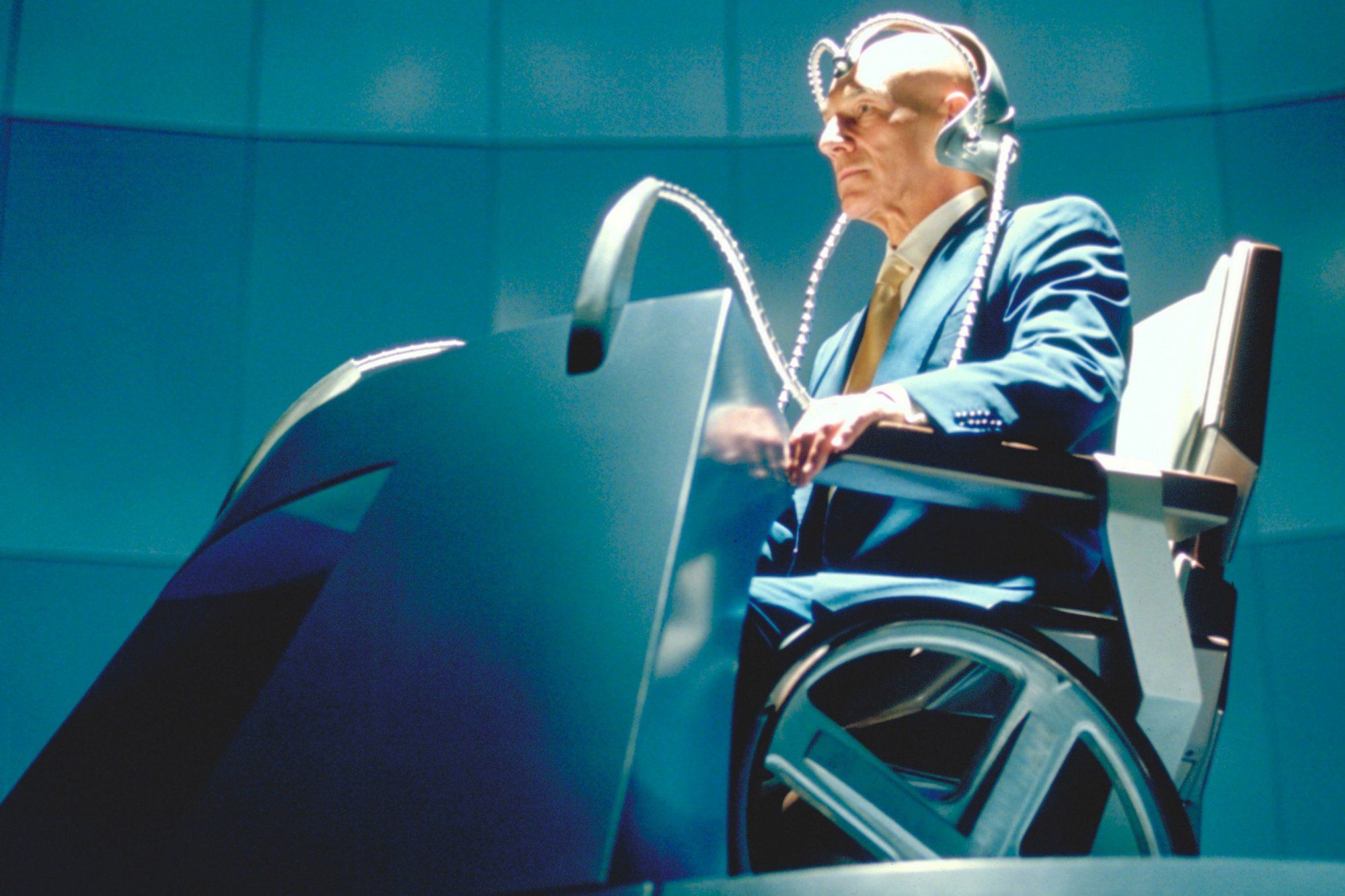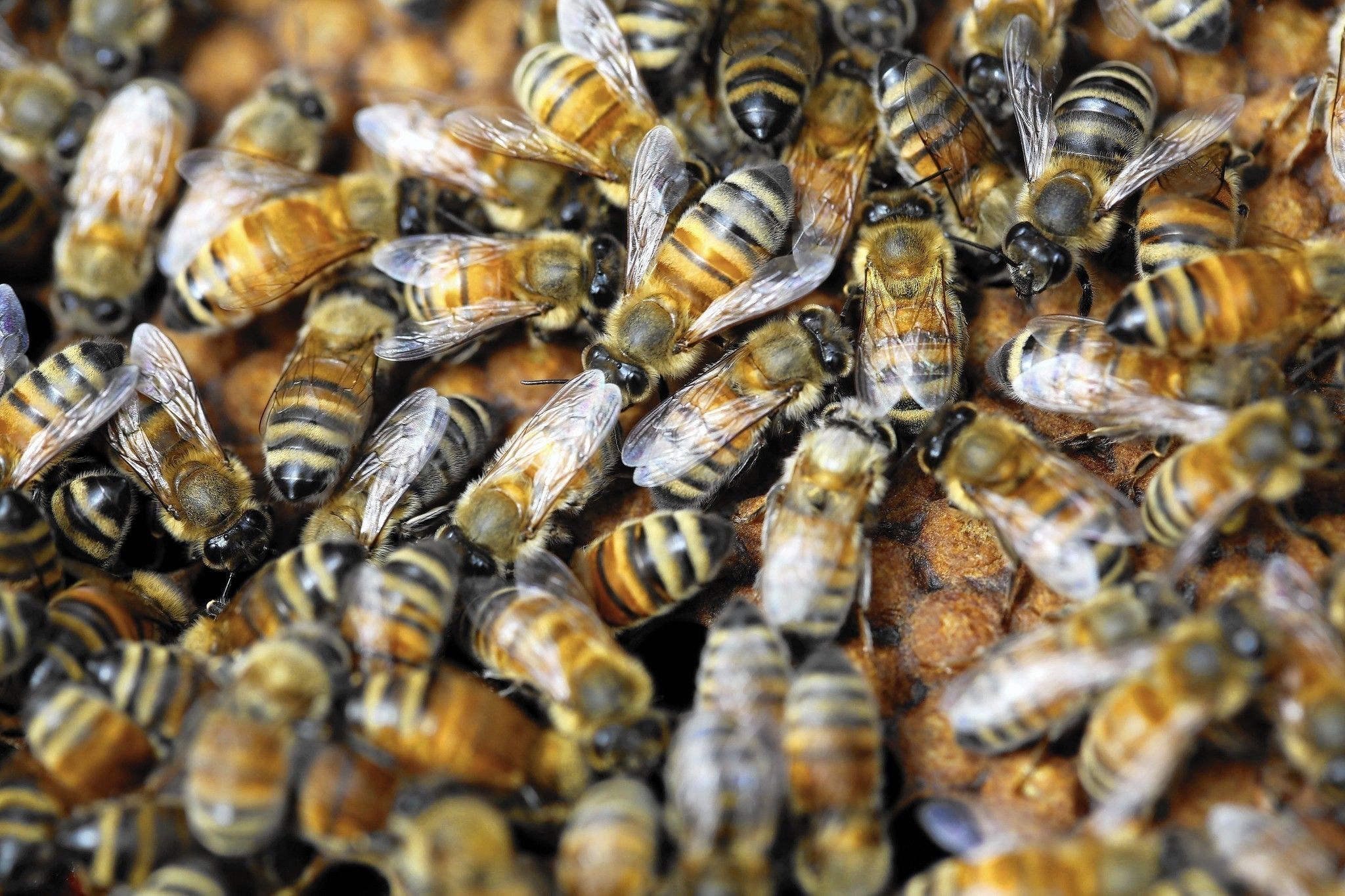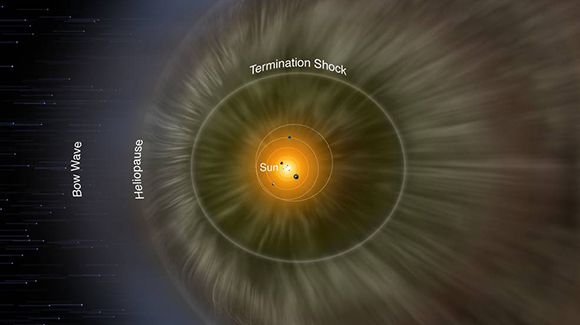Page 11332
Feb 26, 2016
Mathematical Model: Team Creates Model To Explain How Things Go Viral On Internet
Posted by Karen Hurst in categories: internet, robotics/AI
Interesting model when looking at AI around the net and search engines.
A new mathematical model sheds light on the nature of viral social trends.
Feb 26, 2016
ATR 72 prototype tests all-electrical energy management system
Posted by Karen Hurst in categories: electronics, energy, materials, transportation
European turboprop aircraft manufacturer ATR said a prototype ATR 72 conducted a demonstration flight to test an all-electrical energy management system that aims to optimize electrical power distribution.
The flight is the second the ATR 72 demonstration aircraft has flown as part of the European Union’s “Clean Sky Joint Undertaking” program. The first test flight by the ATR 72 prototype, conducted in July 2015, trialed “new and more effective composite insulation materials and new vibro-acoustic sensors integrated into a large panel of the ATR aircraft fuselage,” ATR said in a statement.
The manufacturer said the two demonstration flights “also tested new generation optical fibers for improved identification of micro-cracks and easier maintenance.”
Continue reading “ATR 72 prototype tests all-electrical energy management system” »
Feb 26, 2016
Weird noises are coming from an Apple complex
Posted by Karen Hurst in categories: security, transportation
A new US Mystery has emerged at Apple. Wonder what it could be?
Strange sounds emanating from a mysterious building in the dead of night. White cars following families as they walk their dogs nearby. Science fiction movie? No, just Apple’s latest project.
Residents of Sunnyvale, Calif., who live near a complex of buildings Apple started occupying in 2014 tell the San Jose Mercury News it’s clear something is going on at the complex, where the sheet metal fences are 12 feet high and security is intense, but no one knows what.
Continue reading “Weird noises are coming from an Apple complex” »
Feb 26, 2016
Pentagon Research Could Make ‘Brain Modem’ a Reality
Posted by Karen Hurst in categories: military, neuroscience
The tiny injectable machine could turn your noodle into a remote control.
The Pentagon is attempting what was, until recently, an impossible technological feat—developing a high-bandwidth neural interface that would allow people to beam data from their minds to external devices and back.
That’s right—a brain modem. One that could allow a soldier to, for example, control a drone with his mind.
Continue reading “Pentagon Research Could Make ‘Brain Modem’ a Reality” »
Feb 26, 2016
Here’s what we know about the Pentagon’s new, secret warplane
Posted by Karen Hurst in category: military
Feb 26, 2016
Unprecedented scientific report says decline of pollinators a threat to food security
Posted by Karen Hurst in categories: food, health, policy, security
Around the world, the animals that pollinate our food crops — more than 20,000 species of bees, butterflies, bats and many others — are the subject of growing attention. An increasing number of pollinator species are thought to be in decline, threatened by a variety of mostly human pressures, and their struggles could pose significant risks for global food security and public health.
Until now, most assessments of pollinator health have been conducted on a regional basis, focusing on certain countries or parts of the world. But this week, a United Nations organization has released the first-ever global assessment of pollinators, highlighting their importance for worldwide food and nutrition, describing the threats they currently face and outlining strategies to protect them.
The report, which was released Friday by the U.N.’s Intergovernmental Science-Policy Platform on Biodiversity and Ecosystem Services (IPBES), has been in the works since the summer of 2014. The research team consisted of more than 70 experts, who drew on the most up-to-date global pollinator science, as well as local and indigenous knowledge, to complete the assessment.
Feb 26, 2016
NASA’s IBEX Observations Pin Down Interstellar Magnetic Field
Posted by Karen Hurst in categories: materials, particle physics, space
The new paper is based on one particular theory of the origin of the IBEX ribbon, in which the particles streaming in from the ribbon are actually solar material reflected back at us after a long journey to the edges of the sun’s magnetic boundaries. (NASA Image)
BREVARD COUNTY, FLORIDA – The new paper is based on one particular theory of the origin of the IBEX ribbon, in which the particles streaming in from the ribbon are actually solar material reflected back at us after a long journey to the edges of the sun’s magnetic boundaries.
A giant bubble, known as the heliosphere, exists around the sun and is filled with what’s called solar wind, the sun’s constant outflow of ionized gas, known as plasma.
Continue reading “NASA’s IBEX Observations Pin Down Interstellar Magnetic Field” »
Feb 26, 2016
Scientists happily surprised to find truffles free of Chernobyl radiation
Posted by Karen Hurst in categories: food, nuclear energy, particle physics
This will make friends Vladimir and Marina happy.
Mushrooms and game meat in European regions where Chernobyl fallout was most intense still have excess radiation, but Burgundy truffles get the green light; foodies rejoice.
It’s been 30 years since the 1986 nuclear disaster in Ukraine in which a fire and explosion at the Chernobyl Nuclear Power Plant unleashed a slew of radioactive particles into the atmosphere. Swept along by winds and settled by heavy rains, radioactive particles, especially caesium-137 (137Cs), polluted large stretches of the European continent. And we all know the problem with radioactive things, they’ve got lasting power.
Continue reading “Scientists happily surprised to find truffles free of Chernobyl radiation” »
Feb 26, 2016
Scientists have estimated that the universe won’t end for at least 2.8 billion years
Posted by Karen Hurst in category: space
What a relief.
One day, the Universe is going to die out — that’s something scientists can agree on.
But exactly how and when that will happen is a more of a gray area, and it’s not something we’ve really had to worry about, with current predictions putting any such event tens of billions of years in the future — long after our Sun burns out.
